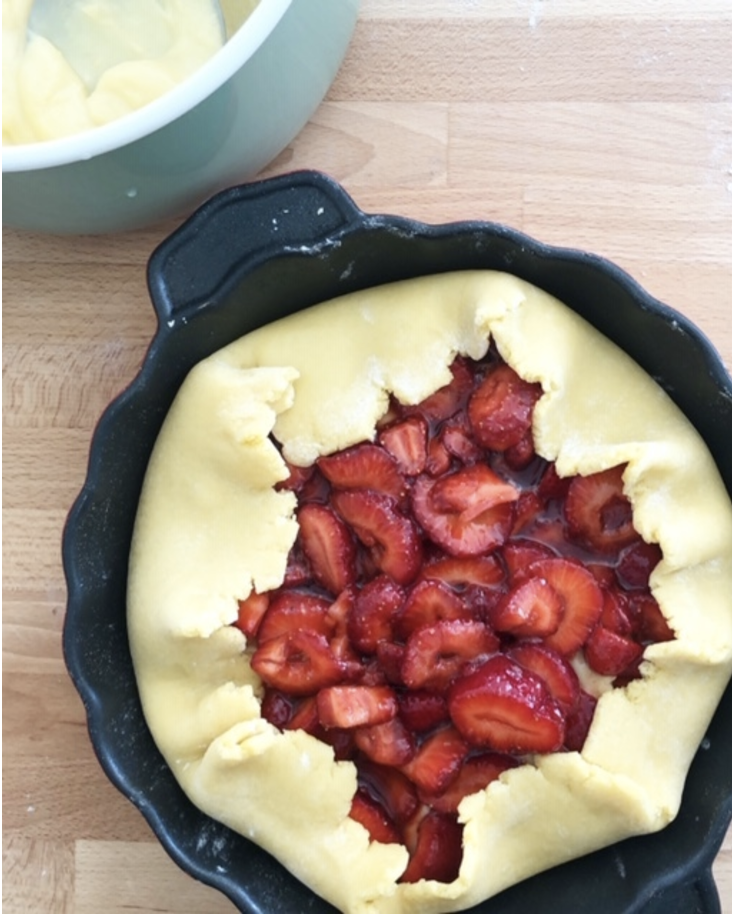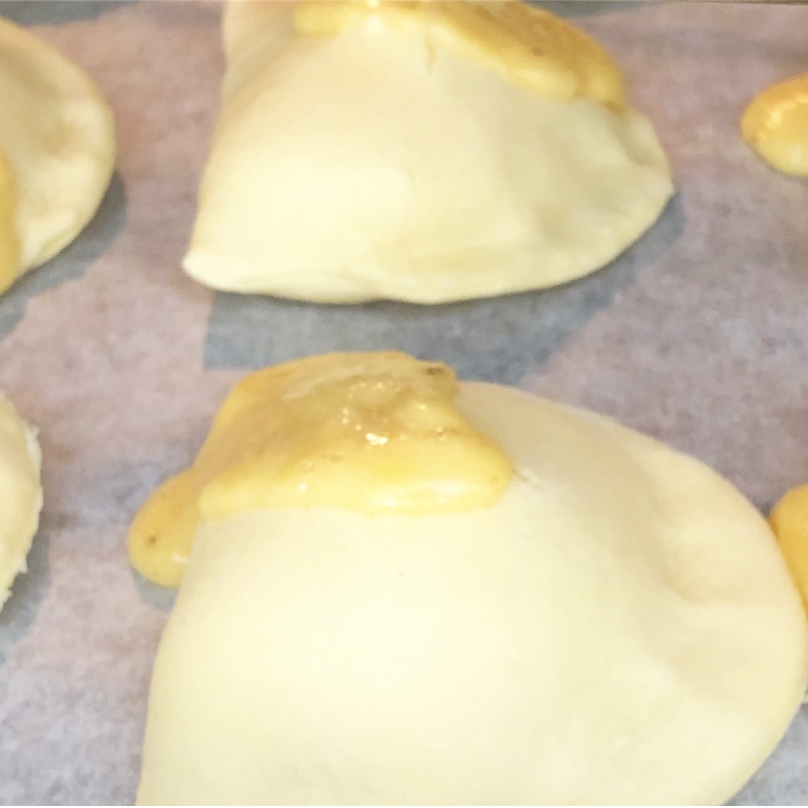Here are the ingredients and very rough method of how I put together a couple of crostata's this morning because I had dozens of eggs from our wonderful chooks to use and my nonna handed me some sweet red ripe strawberries yesterday she got from a farm she went to with her friends on the community bus. (Her social life at 94 years of age is more full on than mine!)
First of all : make some custard! and let it cool.
Pasta Frolla Ingredients:
250gr butter
approx 250 grams (half packet of) La Molisana Flour 00
5 tablespoons sugar
pinch of salt
1 teaspoon of lievito per dolci
1 small satchel of vanilla powder
Lemon rind from 1 lemon
2 eggs (whipped by fork and poured in at the end)
Mix, knead and let rest in fridge for half an hour
Strawberry Mixture
Cut up a 2-3 punnets of strawberries, add a few tablespoons of brown sugar and a tablespoon of plain flour. Stir through and let sit.
Roll out your pastry wider than the pie dish you are cooking it in. Fill it with custard on the bottom layer and then top it with the strawberries. Don't use all of the juice they have made while soaking in the sugar, but a little bit is ok. Flap the pasta frolla hanging over the dish on top of your pie as shown below. Cook it in a really hot oven (mine was on fan forced 220 degrees but it's old and almost had it's day I think). When it's nice and brown take it out. You'll should be able to smell when it's cooked.
Ecco la crostata! Let it cool to set. Don't worry if the juices flow out while it's cooking. They add a nice sticky sweetness to the edges. We don't mind imperfections in our home!
Enjoy :)













































